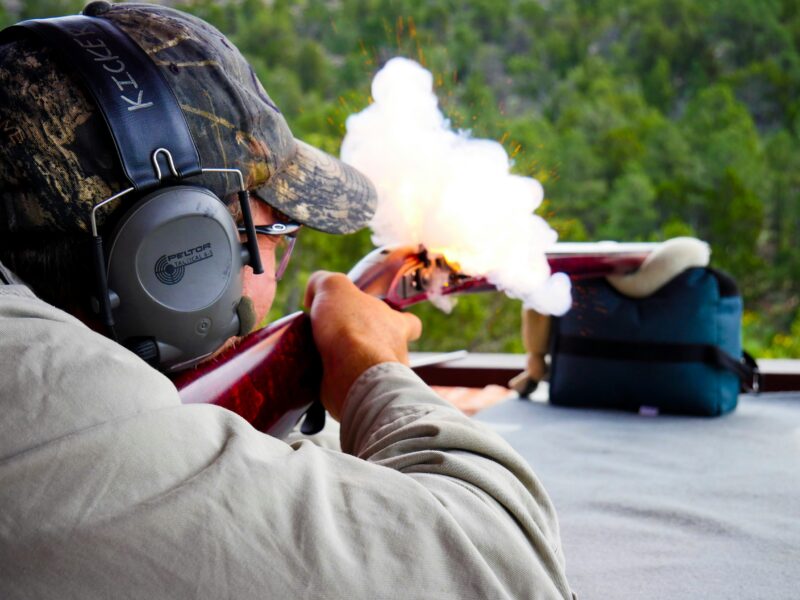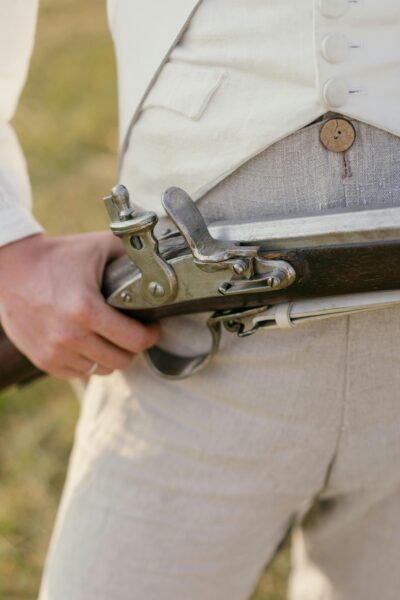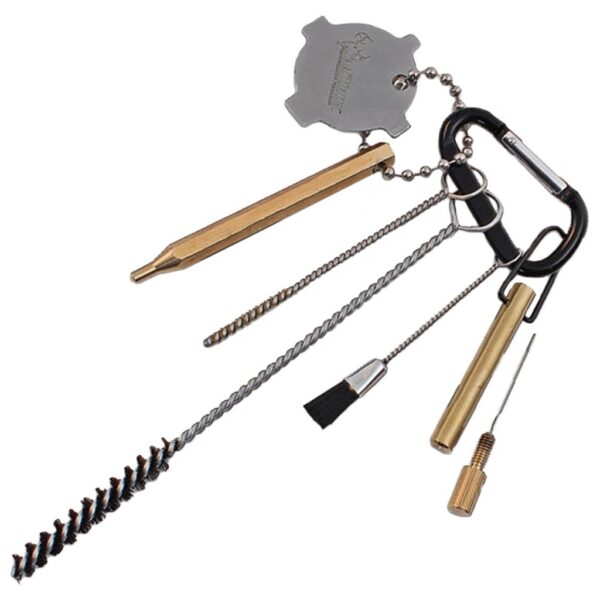If you've ever admired the simplicity and ingenuity of a flintlock muzzleloader, you'll know they’re both a piece of history and a machine of precision. But, like with any tool, understanding its key components is essential for proper use and care. One often-overlooked yet crucial element? The touch hole. Let’s dive into why this tiny aperture is a big deal for flintlock enthusiasts.

The touch hole is the unsung hero of a flintlock muzzleloader’s firing mechanism. It’s a small hole drilled into the breech of the gun’s barrel, allowing the connection between the powder in the pan and the main charge inside the barrel.
Here’s how it works: When the flint strikes steel, it generates sparks that land in the priming powder within the pan. The flash from the priming powder is channeled through the touch hole, igniting the main charge in the barrel and firing the weapon. Without a properly functioning touch hole, the entire ignition system falls apart.

Like any part of a muzzleloader, the touch hole is prone to wear and tear. Here are some common issues you might encounter—and how to address them:
Residue from powder, moisture, or even lead fouling can block the touch hole, preventing sparks from reaching the main charge. This is the most common problem, especially after prolonged use.
Fix:
Repeated firings and cleaning can cause the touch hole to widen, affecting the flow of sparks and resulting in weaker ignition.
Fix:
Impact, poor manufacturing, or prolonged neglect can leave the touch hole damaged or misaligned. This can make the muzzleloader unsafe or entirely ineffective.
Fix:
Preventing touch hole issues starts with proper care. Here’s how to keep yours in tip-top shape:
| Common Issue | Cause | Solution |
|---|---|---|
| Clogged Touch Hole | Residue or moisture build-up | Use a touch hole pick to clean |
| Enlarged Touch Hole | Excessive wear and tear | Rebush or re-drill by a gunsmith |
| Damaged or Misaligned Touch Hole | Impact or neglect | Repair professionally |
Sometimes, despite your best efforts, the touch hole may still give you trouble. If you’re experiencing frequent misfires, notice visible damage, or are unsure about the condition of your touch hole, it’s time to consult a professional. A qualified gunsmith can repair or replace the touch hole, ensuring your flintlock muzzleloader is both safe and functional. For more insights into touch hole positioning, refer to discussions on the ideal "sunset position".
Are you ready to give your trusty muzzleloader the care it deserves? What’s your go-to tip for maintaining your flintlock? Share your experience in the comments below—we’d love to hear from you!

The Traditions Flintlock Tool Kit is an essential accessory for all flintlock enthusiasts, providing the necessary tools for maintenance and cleaning of your flintlock firearm. Featuring a convenient carabiner for easy attachment to your belt loop, it's perfect for both field and range use. The kit includes a cleaning pick and pan brush, ideal for ensuring the touch hole is clear and the pan is pristine, making it an indispensable tool for anyone seeking to optimize the performance of their flintlock muzzleloader.
Whether you're a seasoned enthusiast or just starting out on your flintlock journey, understanding the intricacies like the touch hole can make all the difference in your appreciation for these historic firearms. If you're eager to soak up more about the fascinating world of muzzleloaders or just want to admire some stunning historical and architectural imagery, why not check us out on Pinterest? For a peek into our daily musings and adventures, join us on Instagram, or catch up with the latest buzz over on X (formerly Twitter). And of course, we'd love to hear your thoughts and share more stories on our Facebook page. Remember, history is best enjoyed when shared with fellow enthusiasts, so let's keep the conversation going!
The touch hole, sometimes referred to as a cannon vent, is a small opening situated at the rear (breech) area of the barrel in a muzzleloading gun or cannon.
On a flintlock muzzleloader, the touch hole is usually positioned on the side of the barrel near the breech, where the powder charge is inserted.
The hammer on a muzzleloading firearm is located at the breech end, close to the stock. This placement reflects historical techniques in firearm crafting, where the hammer was designed for easy access and operation. Therefore, option c is the correct choice.
A muzzleloader is a type of firearm loaded through the muzzle, whereas "flintlock" refers to the mechanism used to ignite the powder charge. While many flintlocks are muzzleloaders, not all muzzleloaders employ a flintlock ignition system.

Immerse yourself in architecture’s most boundary-pushing ideas—where innovative home improvements meet visionary urban developments. Discover new building techniques, materials, and creative concepts that are redefining how we shape our spaces on a global scale.